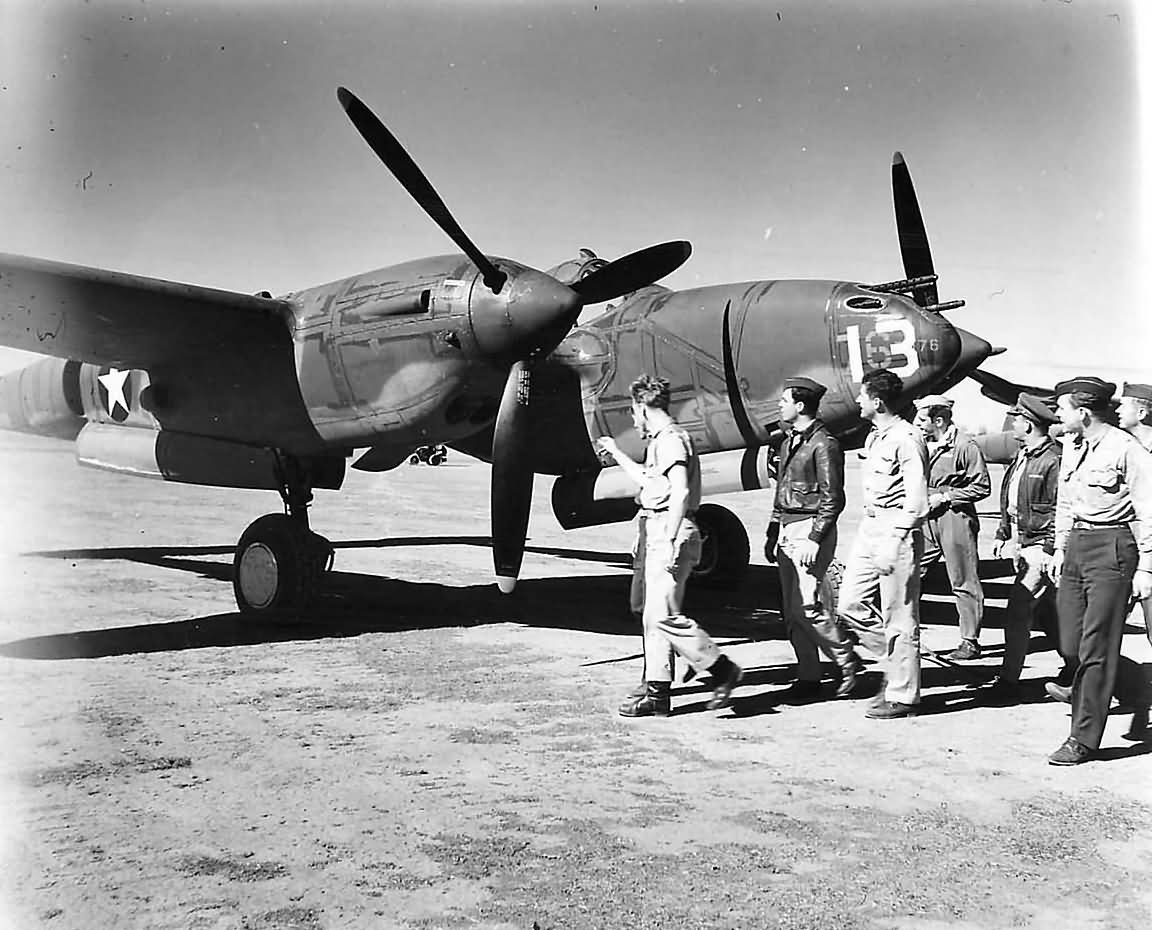The P-38F, fully operational for combat, entered USAAF service in March 1942. Its nose compartment housed four .50-caliber Browning machine guns, each with a 500-round magazine, and a 20mm Hispano cannon equipped with a 150-round magazine. Spent .50-caliber cartridges and links were ejected through chutes beneath the armament bay, while the 20mm ammunition was collected in a dedicated compartment on the lower right side of the central engine nacelle.
The pilot was shielded from frontal attacks by armor plating positioned behind the armament bay and a bulletproof windshield. The pilot’s seat was fortified with armor plating on the bottom, back, and overhead. Additional armor or deflectors protected the pilot from potential supercharger blade fragments.
Unlike later models, early P-38s featured a large, partially open control wheel instead of a column. The .50-caliber machine guns and 20mm cannon were fired with buttons on the control wheel. The aircraft’s substantial weight, combined with relatively small wings and ailerons, necessitated significant force to maneuver the control wheel.
Each engine had its own independent fuel system, interconnected to allow fuel transfer between tanks. The central section contained four fuel tanks: two primary tanks holding 93 gallons of typically 100-octane fuel, and two reserve tanks with a 60-gallon capacity. Underwing pylons could carry two 150-gallon drop tanks or a single 1,000-pound bomb.
Lockheed produced 526 P-38F aircraft. As production ramped up, these fighters replaced earlier models like the P-38D, P-38E, P-40, and P-43 in fighter squadrons undergoing re-equipment.
